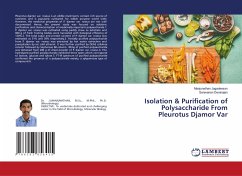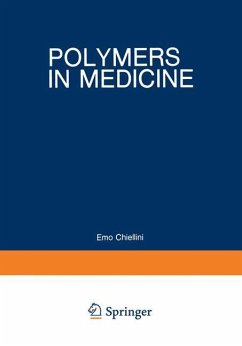Please note that the content of this book primarily consists of articles available from Wikipedia or other free sources online. Exopolysaccharides are high-molecular-weight polymers that are composed of sugar residues and are secreted by a microorganism into the surrounding environment. Microorganisms synthesize a wide spectrum of multifunctional polysaccharides including intracellular polysaccharides, structural polysaccharides and extracellular polysaccharides or exopolysaccharides (EPS). Exopolysaccharides generally consist of monosaccharides and some non-carbohydrate substituents (such as acetate, pyruvate, succinate, and phosphate). Owing to the wide diversity in composition, exopolysaccharides have found multifarious applications in various food and pharmaceutical industries. Many microbial EPS provide properties that are almost identical to the gums currently in use. With innovative approaches, efforts are underway to supersede the traditionally used plant and algal gums by their microbial counterparts.
Bitte wählen Sie Ihr Anliegen aus.
Rechnungen
Retourenschein anfordern
Bestellstatus
Storno








